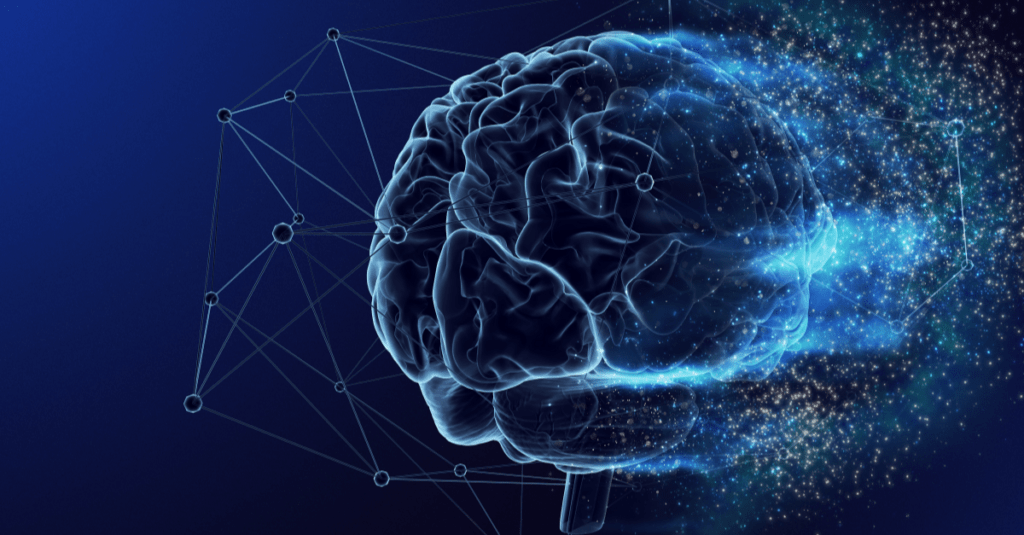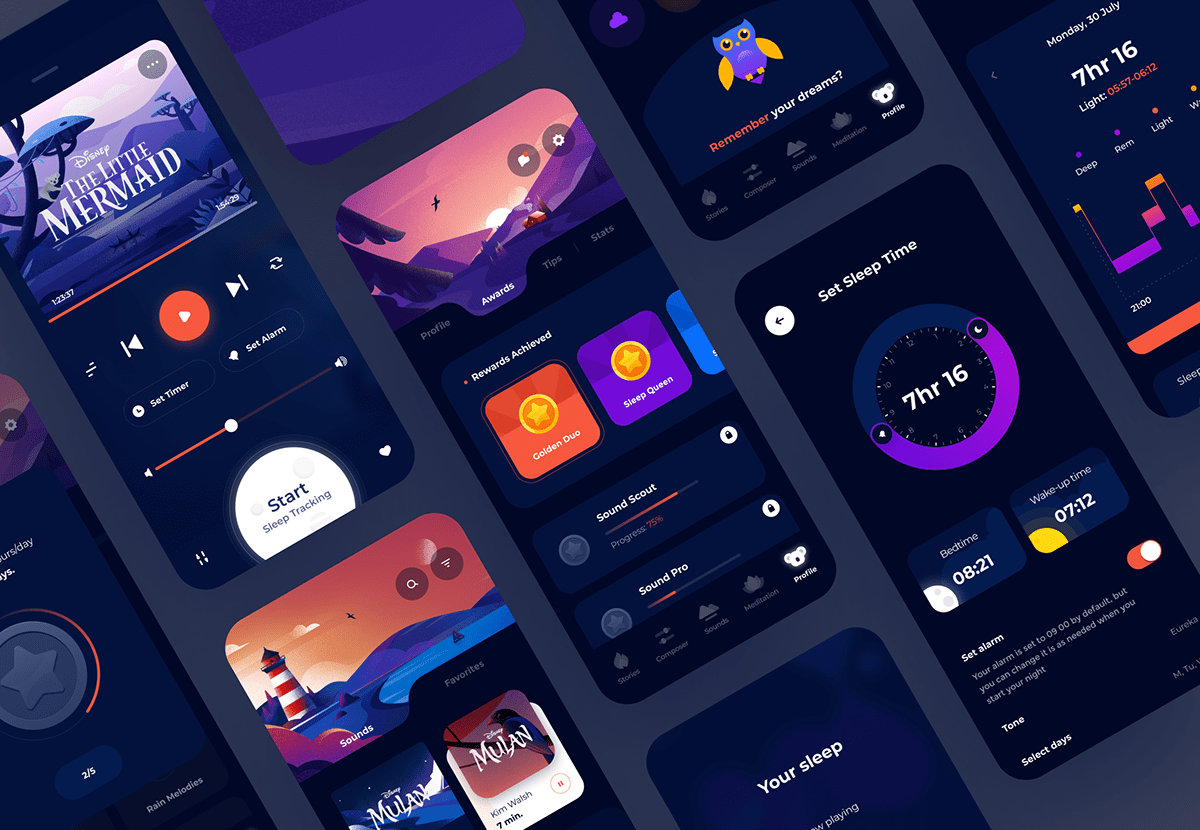Generative AI is transforming the way we design user interfaces and user experiences. In this blog post, we will explore some of the current and future trends in UI UX design that are influenced by generative AI.
What is generative AI?
Generative AI is a branch of artificial intelligence that focuses on creating new content, such as images, text, music, or code, based on existing data or rules. Generative AI can learn from data and generate novel and realistic outputs that match the style, quality, and context of the input.
How does generative AI affect UI UX design?
Generative AI can help UI UX designers in various ways, such as:
- Inspiring new ideas and concepts: Generative AI can produce diverse and original designs that can spark creativity and innovation for designers. For example, a generative AI tool can generate different layouts, colors, fonts, or icons for a website or an app based on some keywords or preferences.
- Automating tedious tasks: Generative AI can handle repetitive and mundane tasks that take a lot of time and effort for designers, such as resizing, cropping, aligning, or optimizing images, text, or code. For example, a generative AI tool can automatically adapt a design to different screen sizes, resolutions, or platforms.
- Enhancing user engagement and personalization: Generative AI can create dynamic and interactive content that adapts to the user's behavior, preferences, or context. For example, a generative AI tool can generate personalized recommendations, feedback, or notifications for a user based on their profile, history, or location.
What are some of the future trends in UI UX design due to generative AI?
Generative AI is constantly evolving and improving, and so are the possibilities for UI UX design. Some of the future trends that we can expect to see are:
- Collaborative design: Generative AI can enable designers to collaborate with each other and with the users more effectively and efficiently. For example, a generative AI tool can facilitate co-creation, feedback, testing, or iteration of designs among multiple stakeholders.
- Adaptive design: Generative AI can enable designers to create adaptive and responsive designs that can adjust to different situations and scenarios. For example, a generative AI tool can modify a design based on the user's mood, emotion, or attention level.
- Ethical design: Generative AI can enable designers to create ethical and responsible designs that respect the user's privacy, security, and well-being. For example, a generative AI tool can help designers avoid bias, discrimination, or manipulation in their designs.
Conclusion
Generative AI is a powerful and promising technology that can revolutionize the field of UI UX design. By leveraging generative AI tools and techniques, designers can enhance their creativity, productivity, and user satisfaction. However, generative AI also poses some challenges and risks that need to be addressed carefully and responsibly. As designers, we need to be aware of the potential impacts of generative AI on our work and our users and strive to create designs that are not only beautiful but also ethical.




No comments:
Post a Comment